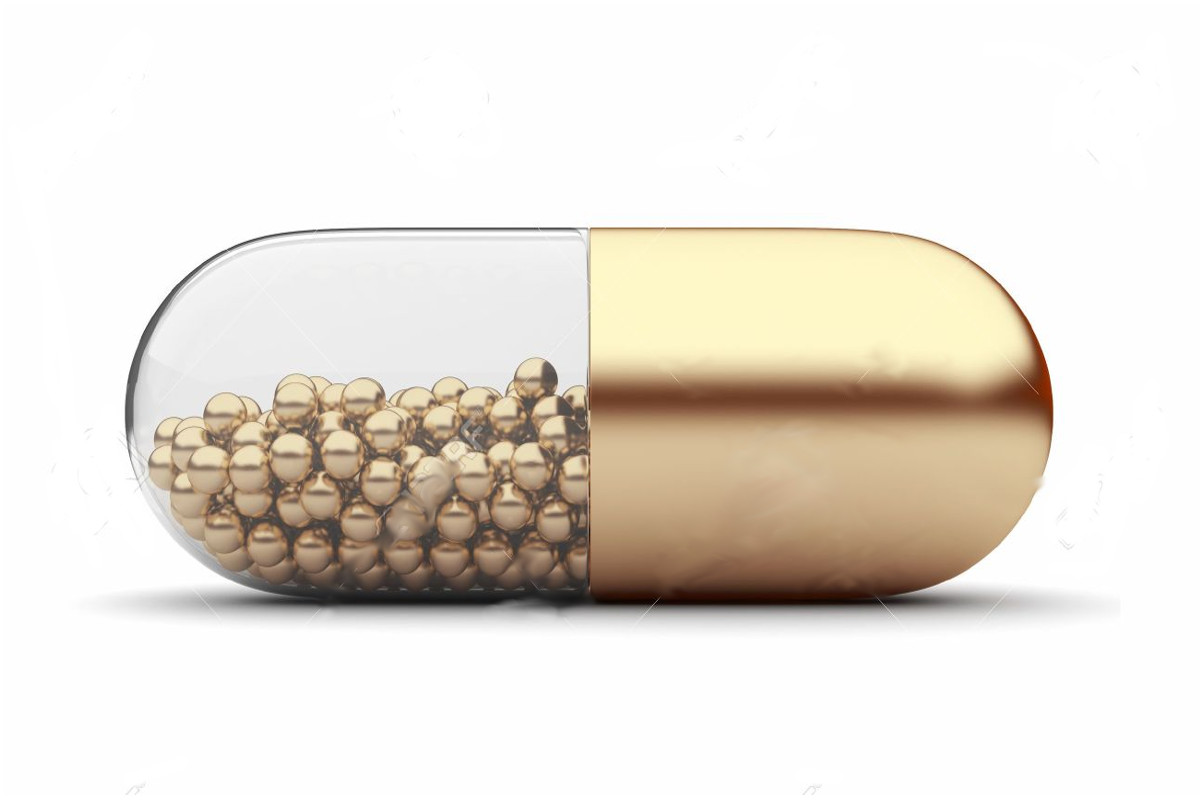Vitamin D3 supplementation during pregnancy represents a promising preventive strategy against autism development, even without additional magnesium supplementation 15. Through its multifaceted effects on brain development, synaptic pruning, oxidative stress reduction, and calcium homeostasis, vitamin D3 may help counteract the neurodevelopmental disruptions associated with both magnesium deficiency and aluminum toxicity 25.
The evidence suggests that ensuring adequate vitamin D3 levels during pregnancy could be a simple, safe, and effective approach to reducing autism risk 110. While magnesium co-supplementation might provide additional benefits, vitamin D3 alone appears capable of significantly influencing neurodevelopmental trajectories toward more typical outcomes 58
